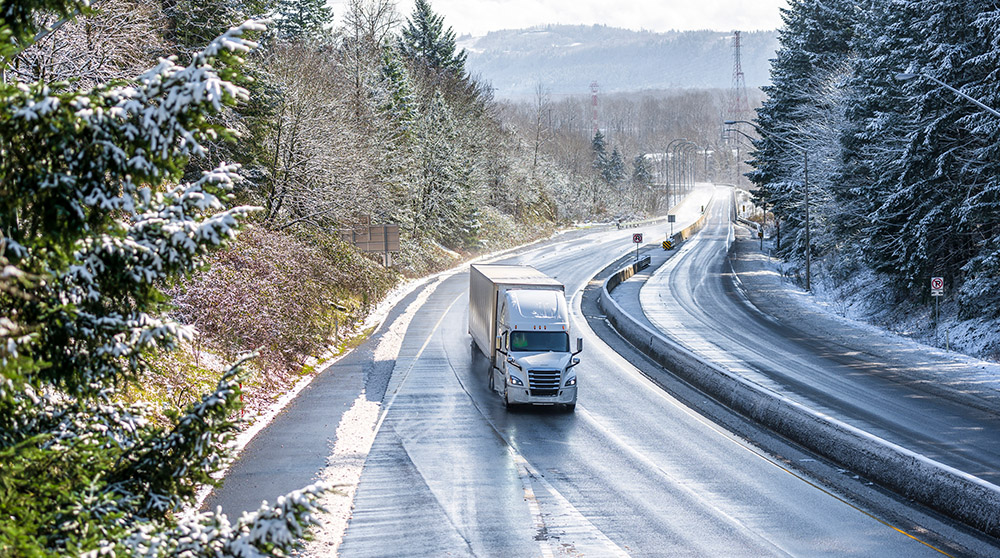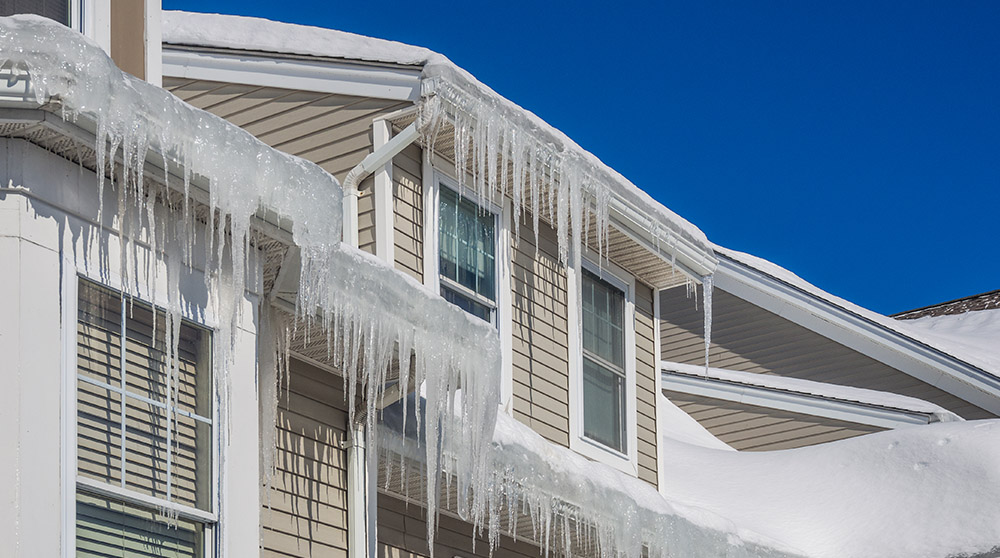Do you alter your driving habits when snow and ice come to city? Should you don’t, right here’s why you must. Snow and ice exponentially improve the probabilities of unexpectedly sliding, spinning out, or crashing. In reality, the American Highway Users Alliance experiences over 116,800 accidents yearly from automobile crashes on snowy, slushy, or icy pavement.
However fortunately, there are methods to remain safer just by adjusting the way in which you navigate your automobile and the street situations. Taken with find out how to drive safely on ice?
Observe our 11 security ideas:
- Scale back your velocity and provides your self extra time to get the place you’re going. We have a tendency to hurry once we’re working behind, so it’s greatest in winter months to depart forward of schedule and provides your self loads of time to get to your vacation spot. The extra cautious you’re along with your velocity, the much less harmful a possible slip or skid will likely be.
- Keep in your lane. When attainable, keep away from altering lanes and avoid the shoulder of the street the place ice buildup accumulates. By no means move autos when situations are slushy or icy.
- Speed up and decelerate slowly. Highway situations can change instantly, so it’s vital to at all times proceed with warning. Accelerating and decelerating slowly might cease your tires from spinning out below you or maintain the again of your automotive from sliding to 1 aspect.
- Double examine the temperature. Don’t rely solely in your automotive’s temperature gauge to find out the situations of roads. As an alternative, search for ice in your windshield wipers, exterior mirrors, street indicators, or bushes for indicators.
- Keep alert on bridges. As indicators recommend, bridges can freeze sooner than close by roads. Be additional cautious and proceed slowly and steadily throughout any overpass.
- Drive when it’s mild. Night time driving will increase dangers normally, however that is very true through the winter months. Attempt to drive throughout daytime hours when temperatures have risen, extra autos have made pathways, and crews have cleared and salted the roads.
- Enhance following distances. A very good rule of thumb for winter driving? Preserve ten times the following distance between you and the automotive in entrance of you in comparison with the space on dry roads. Growing your following distance may offer you time to maneuver round icy patches for those who see vehicles sliding forward of you.
- Don’t use your cruise management. Keep away from cruise management in slick or icy situations to maintain management of your automobile and stop wheels from spinning at completely different speeds.
- Work along with your antilock braking system (ABS). In case your automobile has ABS and begins to skid, you’ll really feel a pulsating of the brake pedal below your foot. That is regular and it’s by design. Don’t take away your foot from the brake pedal and keep calm because the system helps you come to a cease.
- Steer right into a skid. Should you discover your automobile sliding, take your foot off the fuel and switch your steering wheel in the identical route the again of your automotive is sliding.
- When attainable, keep house. Not driving in slick or icy situations is probably the most dependable approach to keep secure. Should you can delay your errand or drive one other day, accomplish that.
Now that you know the way to drive extra safely on ice and snow, study to guard your automobile from another situations sooner or later. Speak to a neighborhood, impartial agent about complete auto insurance coverage in the present day.


